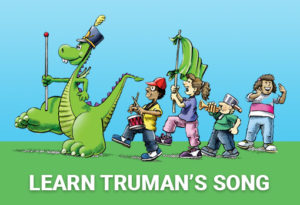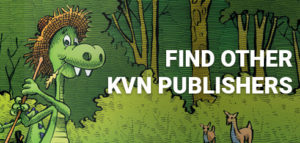What’s It Like To Be | Precious Metal Refiner
Please tell our readers a little bit about yourself, including your name and your profession. My name is Sharon Bachmann, and I am a sales manager for Metallix Refining located in Shrewsbury, New Jersey. I also assist with our marketing department to create web pages, brochures, articles, etc., to help our customers learn more about Metallix Refining and the state-of-the-art technologies and equipment we use. What kind of work happens at a refinery? Our company processes and recycles scrap material that contains precious metals like gold, silver, platinum, palladium and rhodium. We work with companies that use precious metals to make a wide variety of product, from chips that go in your smartphone to pacemakers that help people’s hearts beat with a regular rhythm, to catalytic converters that clean the emissions that come from your car’s engine. We process this scrap by either melting, burning, dissolving or pulverizing the material. Why is this kind of work important? Mining for precious metals is much more than putting a pan in a river, letting the water flow through a sieve and taking out the grains of gold or using dynamite to blow some rocks from a mine shaft and using a pickaxe to collect the metal. It actually is a long process that can be very destructive to the environment and the earth. By recycling the precious metals from manufacturing scrap and waste, we are part of an important recycling chain. We process our clients’ scrap, pay them for the value of the precious metals and then have the metal further refined where it can go back into the precious metal marketplace where those same companies can buy the metal again to use to make their products. It is true recycling. What is the coolest thing about your job? I think the coolest part of my job is being a part of the global effort to take care of our planet by helping our customers to refine and recycle precious metal. It is vital to the health our environment, and I think each one of us should be focused on doing what we can to help. From collecting and recycling your glass and plastic bottles to throwing your trash in the proper receptacles to turning off lights and appliances when not in use, even the little things we can do every day add up to being good stewards. I also enjoy learning about the different ways precious metals are used in a wide variety of products. Do you have any fun/interesting facts about refining that you can share with our readers? When most people think of gold and silver, they think of jewelry, but precious metals have many cool uses. Did you know that there is a silver coating in certain types of glass and mirrors? Or that platinum and palladium catalysts are used to help make many helpful medicines? Gold and platinum are used in many medical devices like defibrillators, guidewires, stents, catheters, hearing aids and neuromodulation (nerves and brain) implants. And new uses and technology are being developed everyday that use precious metals; it is ever-evolving and amazing.





